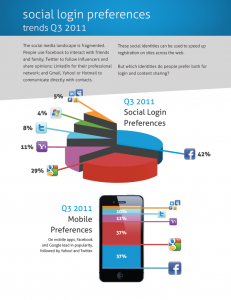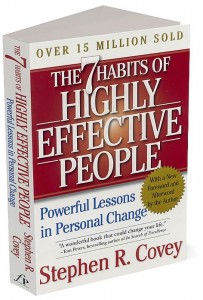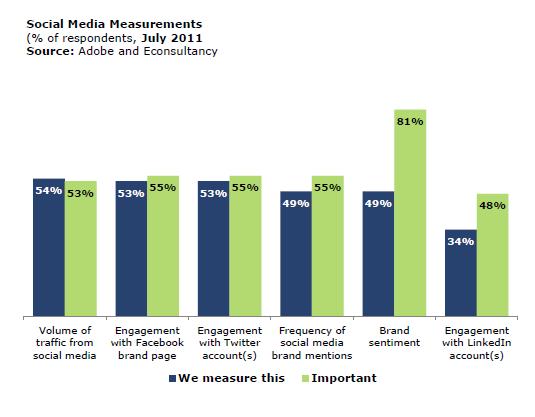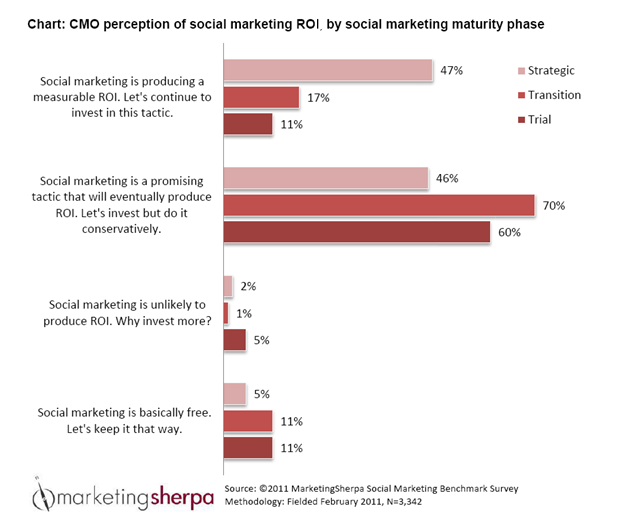I’m sure you’ve seen these blog posts before. They’re looking for a hook, so they throw a topical subject in the title to get you to click, and then share the deep marketing wisdom that you would naturally expect to learn from Charlie Sheen, The Bronx Zoo Cobra, and Justin Bieber.
I thought of this topic the other day because we actually did something I just knew we would never do on MarketingSherpa. We published those two proper nouns – Justin and Bieber – right next to each other.
In fairness, it was in an excellent email marketing case study about a very impressive trigger alert program, and Justin Bieber was only used as an example of search keywords this events company was targeting. But you better believe Senior Reporter Adam Sutton endured a relentless week of teasing for including the Biebs in his case study. There were the Photoshopped pictures. There were “Belieber” taunts.
Why? Because, and here is my indefensible blog post (with a hearty tip o’ the hat to Esquire magazine), marketers can’t learn anything from Justin Bieber. Or Lady Gaga. Or that kid who got his 15 minutes of fame for pretending to be in stuck in a weather balloon.
Think about it, what are 3 lessons from Charlie Sheen? 1. Be born to a famous dad. 2. Get a formulaic but highly rated sitcom. 3. Have an extremely weird but very public meltdown (using social media)
Does this really help your marketing campaigns? Get some ideas to generate more leads? Increase sales?
So, here’s the approach we take at MarketingSherpa. Perhaps the best people to learn marketing lessons from are…wait for it…actual marketers. That’s why we survey more than 10,000 marketers every year for our benchmark reports. That’s why we conduct more than 200 interviews every year for our free marketing newsletters. That’s why we invite dozens of marketers to present their case studies to their peers at our summits. And that’s why I’m writing this blog post today.
So, if I had to break down five marketing lessons I’ve learned from marketers, I would say…
1. Successful marketing comes from hard work, not “secrets” and “tricks”
Internet marketing is flat out hard work. The successful marketers I’ve seen go-to-market with a regimented marketing plan.
They understand what KPIs are key to their success – both the intermediate metrics that will help them make course corrections, as well as the key results that are critical to their business leaders.
They find ways to tear down artificial silos in their organization – between Sales and Marketing, between online marketing and offline marketing, between email marketing and social media marketing – to facilitate a cohesive funnel that drives customers to conversion.
They tame unwieldy, disjointed technology platforms to create tools that improve marketing campaigns and create clear, unified reports. They do this even though they don’t have a tech background. They do this even if it means having long conversations with IT about why Ubuntu is better than Windows.
But they don’t have “secrets to Internet marketing success.” And they don’t have “10 supercool tricks to boosting SEO.” They have war stories. And if you can get just a few minutes in their busy day to hear them, you just might learn something.
The battles are won in the trenches.
2. Your customers don’t care about your emails, your PPC ads, or even your TV campaign
They don’t even care about all that fun inbound stuff like your blog posts or YouTube videos. And they certainly don’t care about the latest features of your product, your mission statement, or your corporate structure.
They care about doing their jobs better. They care about having clean water for their kids. And they care about taking their wife out for a 12th anniversary dinner that she’ll never forget.
Never confuse a feature with a benefit. And never confuse a marketing “benefit” with what really matters to your customers.
3. Successful marketers have losses
This is marketing, folks. You don’t have to be one of the “crazy ones,” but you do need to push the limit on what your company thinks is possible.
As Theodore Roosevelt said, “There is no effort without error or shortcoming.”
If you don’t have losses – a “negative lift” on a test, a failed product launch – you’re not pushing hard enough. And if you don’t have losses, you’re not really learning anything. You’re just guessing.
The great thing about digital marketing is that it has never been easier to learn about your customers. You’ve got real-time data you can analyze and an endless possibility of tests you can run. Test two headlines you simply can’t decide between, two offers, two entirely different approaches against each other in a real-world, real-time environment and let your customers tell you which one is better. Test new landing pages against your top performers.
Sure, it’s scary, you might lose. But if you do it right, you’ll definitely learn.
4. Strategy is better than skill
This is something that I’ve heard Dr. Flint McGlaughlin, Managing Director, MECLABS, say in almost every meeting I’ve had with him. Drill it into your team as well.
Marketers are all too used to having a goal placed in front of them – double leads, gain market share – and churning and burning and blasting and using every tool they can think of to hit that number. Just…one…more…email send…will do the trick.
Sometimes it helps to step back and look at the big picture. Is it worth scrapping and fighting for a tenth of a point of market share with your fiercest competitors? Are you inundating your lists with offers?
Take the time to step back from the marketing machine and determine what your value proposition truly is. Don’t dictate your value to your customers. Discover what they find valuable about your products and services. Why do they put their job on the line to hire your consultants? Why do they part with their precious cash to buy your products?
As with any job, you can work harder, or you can work smarter.
5. Be the customer advocate
As a marketer, you spend almost every waking moment making a proposition to the customer. That makes every customer your customer. So make sure your company comes through.
Stay in constant contact with customer service, product development, services, manufacturing, and sales to make sure you are truly serving the customer. What are customers complaining about? What are you doing right? How can you make their lives easier, better, smarter, more fun, more fulfilling? Are sales reps over promising? Does everyone understand the value proposition of your brands? Do you all speak with the same voice? Do you walk the walk and live the brand?
Hey, that’s no easy task. But if you’re looking for easy tasks, you’re in the wrong business. See point #1 above.
Your customer is empowered like never before in the history of commerce. Today, you must assume that every customer is a publisher as well. How would you react if you knew the editor of The Wall Street Journal was eating in your restaurant, trying on a suit in your store, or purchasing your software platform? There is no quicker way to sink your brand and your marketing campaign, and the huge amounts of time and money you have invested in them, than by ticking off the editor.
You know what you expect when you’re the customer. Under promise and over deliver.
And to over promise to you, my audience, my customer, I dug up a sixth lesson. But instead of telling you one more thing I’ve learned from you, I asked author and behavioral expert, Beverly Flaxington, what she’s learned from marketers. Beverly has built her career around understanding other people. Here’s what she had to say…
6. Provide your audience the context
In too many cases, a marketer develops information and materials based solely upon the data and information about a particular product or service. The marketing material reads like this: “We do this. This is what we do. This is how we do it.” It’s a great deal of data without a lot of context around why it is important to the targeted audience.
The missing component is the “So what?” What’s so important about how you do what you do? Why should someone care about it? What is it going to do for them and how will it do it? This goes deeper than the idea of selling benefits. It actually asks the marketer to create language that speaks TO an audience about their needs, and helps that audience to easily make a connection as to why what the marketer is proposing is good for them.
As you develop materials or write marketing copy, ask yourself the “So what?” question as you make statements and provide information. Think in terms of “This is good for our audience because…..” The process can be very eye-opening because instead of assuming that someone will get why what you’re saying is so important, you can more likely guarantee they will understand!
Thanks for reading today’s blog post. Stay tuned to the MarketingSherpa blog next week, where we’re going to talk about what marketing lessons you can learn from Michele Bachmann, New Mexico wildfires, and Greek debt.
Related Resources
Evidence-based Marketing: This blog post will not solve your most pressing marketing challenges…yet
Loyalty Marketing: How to get customers to stick around (and keep buying)
The Last Blog Post: How to succeed in an era of Transparent Marketing
The Last Blog Post: Marketers must embrace change













